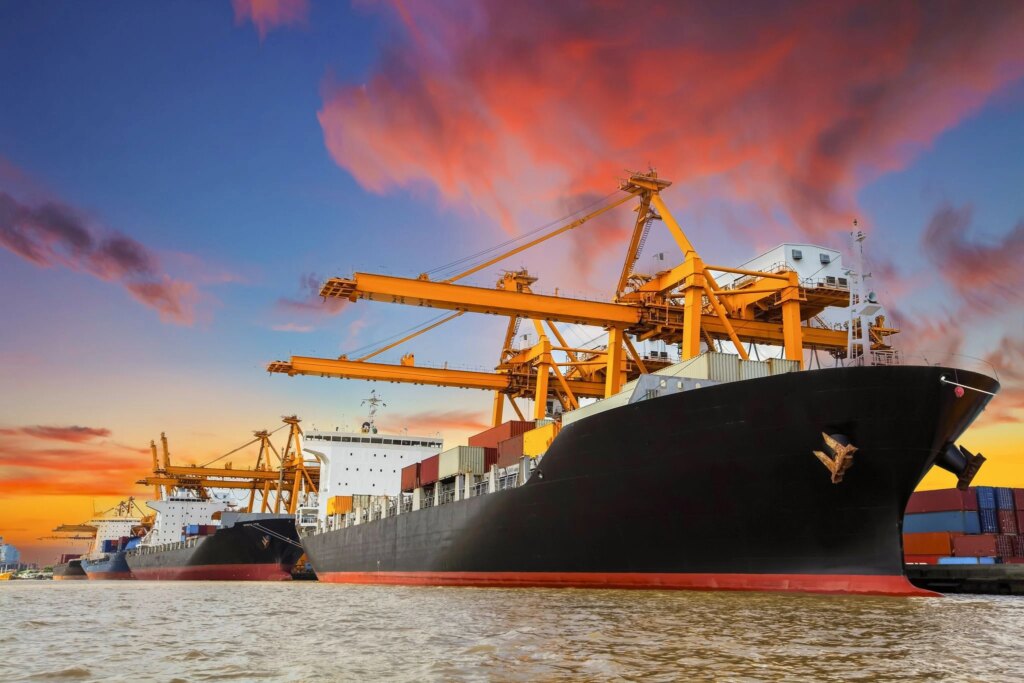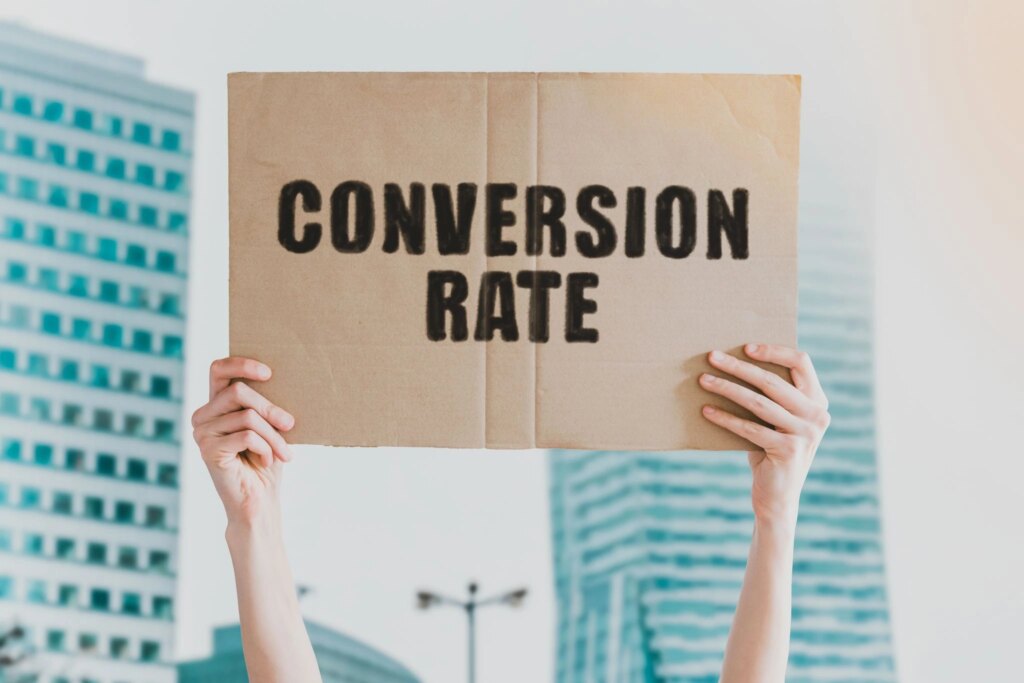
8 Things to Consider When Taking Your Amazon Business International

Table of Contents
- 1. The Benefits of Selling Internationally
- 2. The Challenges of Selling Internationally
- 3. What Markets Do I Expand to, and How Do I Do It?
- 4. Product Issues
- Product Marketing Issues
- 5. What About Shipping?
- 6. Regulations and Compliance Considerations
- Legal and Compliance
- Consumer Rights, Security, and Privacy
- Pricing, Currency, and Payments
- Taxes
- 8. Optimizing Your Listing
- Conclusion
If you’ve been selling successfully on Amazon in a single marketplace, chances are you’re thinking about going international with your business.
Thanks to Amazon’s international expansion, it’s easier than ever to sell silver knitting needles to the lighthouse keeper at The Needles in the U.K. from your Amazon store based in Needles, California.
Leveraging Amazon’s global platform to sell your product brings many benefits – but also more than a few challenges.
However, while selling internationally on Amazon is much simpler than internationally expanding a physical or dropshipping business, it still involves a substantial learning curve to take advantage of this tremendous opportunity for growth.
Leveraging Amazon’s global platform to sell your product brings many benefits – but also more than a few challenges.
Here are 8 things to consider when deciding how to expand internationally on Amazon.
1. The Benefits of Selling Internationally
Marketing your products internationally will open the doors to a massive amount of potential customers, backed with the trust of Amazon’s brand.
Amazon currently has 14 worldwide marketplaces which reach over 180 countries via a network of 175 fulfillment centers. That’s a lot more people than you could reach if you tried to go it alone.
By leveraging this network to sell your products, you drastically lower the costs of expansion, while potentially greatly increasing your sales.
You can also use Amazon FBA (fulfilled by Amazon) to save time, money, and effort on shipping, handling, and customer service – a huge help if you’re not already an expert on international sales.
In short, selling internationally can allow you to increase sales, increase profits, and scale your business.
2. The Challenges of Selling Internationally
However, selling internationally on Amazon comes with many challenges, and is not always an obvious decision.
In each marketplace or country where you sell your product, you’re going to be dealing with a different business mindset. For example, while Americans often work 47 hours a week or more, Germans may only work 35 hours. This might create scheduling conflicts when setting up meeting with vendors.
These attitudes will affect your marketing, your product uses, listing optimization, and pricing.
Regulations will be different in each marketplace, and affect your business structure, profit margins, product guarantees and compliance, tax payments, and other things which all seemed so easy in your home country.
You’ll need to research each market thoroughly, understand how Amazon works in that market, how to sell your product in that market, and how to navigate the potential minefield of regulations. You also may encounter language barriers.
Ultimately, you’ll need to do your due diligence to make sure that your business has a real chance to be successful wherever you choose to expand – and that requires research, math, and detailed planning. Yes, there’s going to be math.
3. What Markets Do I Expand to, and How Do I Do It?
A good way to decide which markets to expand to is to look at your product’s sales history and see what regions have the most purchases. Are you selling a lot of cheese knives to curd nerds in Australia? Maybe it’s time to get into that marketplace and target turophiles (cheese-lovers).
You also may want to attack the largest overall markets with your product. As of 2017, those were (in order) the USA, Germany, the UK, and Japan.
You should also research your niche in a potential new marketplace to see what kind of competition exists, and if there is an opportunity for your product to rank.
Once you’ve made the marketplace decision, you’ll have to create new seller accounts for the marketplace or regions you’re going to sell in.
You may also need to create a new business entity for this region, depending on its regulations.
The Amazon Global Selling program will help you get set up to sell your products in any Amazon marketplace around the world.
4. Product Issues
It’s vitally important to understand that just because your product sold well in one market, that doesn’t automatically mean it will do so in another.
Ask yourself: Is the product appropriate for its intended market?
You need to consider why that product does well (or doesn’t) in its current marketplace, and if those reasons will carry over to the new one. Are there cultural, demographic, or even climate-related issues that may affect sales?
A golf-ball company once unsuccessfully tried to sell packages of four balls in Japan. It later discovered the reasons why: The pronunciation of the Japanese word “four” sounds like the word “death” – and items in packages of four are unpopular in Japan.
You’ll want to be clear on what customers want in your intended market by carefully researching your category. Compare your product and its price with your competition.
Look at the Best Sellers, Featured Brands, and New Arrival in its category. Read reviews and see what people are saying. Is there a visible demand for your product?
Also important to consider is this: Are there any import restrictions on your product?
And do you have detailed information about your product that may be required to sell it, such as its country of origin or manufacturing location?
Product Marketing Issues
Not only do you need to consider the product’s value in a new market, but the differences in marketing it. You may find your product has a different purpose or value in a different place.
You’ll also need to consider your overall marketing calendar.
Are there different holidays, seasons, and shopping times that are ripe for more promotion? Not every locale observes Christmas – or starts shopping on Black Friday.
How do you connect with customers in the new marketplace? Marketing methods that are “best practices” in one place may be ineffective in others. How do you create awareness for your product, and in a way that resonates locally? This is where hiring a local marketing expert can be a worthy investment.
5. What About Shipping?

It is not the ship so much as the skillful sailing that assures the prosperous voyage.
~ George William Curtis
Shipping internationally while selling on Amazon requires you to carefully consider your options for fulfillment and create an efficient shipping plan – a feat of skillful sailing indeed.
When you’re dealing with volume, international shipping can get expensive fast. If you need to hire an international shipping carrier to get a product from the country where the inventory is stored to where the order was placed, be sure to accomodate for extra time, as well as customs and duties fees.
You can also choose to use Amazon FBA for international orders. Available in all Amazon global marketplaces, FBA will make your brand and products more competitive by decreasing shipping time. Amazon will also handle all the returns and customer support in the market’s native language, which is a huge time-saver.
However, you will have to ship your inventory to the fulfillment center in that market for storage. This will require that you become an exporter, and fulfill all the requirements, licenses, paperwork, taxes, and duties in both your own country and the destination country – along with the shipping fees.
Other shipping issues to consider are any packaging compliance that needs to be met, and what’s inside the box. Is it different from what you have in there now, and how do language, cultural expectations, and local laws change the contents?
Don’t surprise or disappoint your customers when they receive and open your packages, or you’ll be setting yourself up for bad reviews.
6. Regulations and Compliance Considerations
Selling internationally on Amazon requires you to conform with not only all the Amazon global selling requirements but all the local regulations and compliance for your product.
Some of the issues that must be navigated are:
Legal and Compliance
You’ll need all your business ducks in a row before you can create an account to sell in a new country. Do you have a business name, DBA, or even a new company that will be handling sales in that market? What are the regulations for a business from your country of origin to sell in this new market?
Amazon can also require strict compliance testing for some categories. This, unfortunately, is not cheap. You also may have to change packaging and/or labeling, and offer instructions in other languages, among other potential issues that could slow you down.
Consumer Rights, Security, and Privacy
You’ll need any product you are selling to meet the consumer protection requirements in its new market. For instance, the Consumer Rights Directive is effective across Europe – but has different regulations and rules applied in different countries.
Illegally collecting and using customer information can be an extremely expensive mistake, so be sure to comply with any consumer protection regulations while selling internationally, such as the GDPR (General Data Protection Regulation).
Pricing, Currency, and Payments
When selling internationally on Amazon, adjustments will need to be made to your product’s price. You’ll need to research your category and competition, and also consider the added impact of new taxes, duties, and shipping costs on your bottom line when creating your pricing strategy.
You’ll also be pricing in a foreign currency. It’s important to be aware of the exchange rates in your new market, and take them into account not only when pricing, but when doing your due diligence on international expansion.
Amazon makes currency conversions from global marketplace sales simpler with its Amazon Currency Converter for Sellers (ACCS)
“an optional service that allows Amazon sellers to receive the proceeds of their earnings into their local bank account if that account is located in a different country or region from the marketplace on which they are selling.”
However, the ACCS only supports payments for banks located within its 11 global marketplaces and supported currencies. If you’re dealing with banks and/or currencies outside that range, or you want more control over exchange rates and transfer times, you may need to contract with an international payments company.
You’ll also need to consider how to handle credit cards, the potential of fraud, and if you need to set up different bank accounts according to the marketplace location.
Taxes
Should five percent appear too small
Be thankful I don’t take it all
‘Cause I’m the taxman, yeah, I’m the taxman
~ The Beatles, Taxman
This will no doubt be one of the most important things to consider when expanding internationally on Amazon. You must register your business with the appropriate government tax agency – or they very well may take it all.
Then, you’ll need to determine your tax obligations based on your market. Is it a sales tax? Is it the VAT? The VAT, in particular, can be very complex to deal with – and the government agencies collecting it can be very aggressive. Here, you may want to consult an expert, so you can avoid horror stories like being hit with an enormous tax bill, fines, or worse.
The bottom line is: be extra sure that you’re paying the right taxes to all the right people, on time, so that your international sales can proceed without interruption.
8. Optimizing Your Listing

Once you’re ready to start selling in your new marketplace, it’s time to optimize your listing for a foreign market.
While you may have sold your product previously in another market, you’ll soon discover an important and inconvenient fact – your reviews won’t carry over.
While there is a section at the bottom of the detail page that highlights reviews from other marketplaces, you’ll be starting over again in a new market with no reviews for your ASIN.
Keep this in mind in the early going, so you can make collecting new, positive reviews a focus in your Amazon-compliant marketing efforts.
You’ll also discover that while your product may have sold well in its prior marketplace, the old listing is not up to the task in the new marketplace.
When optimizing your listing for the new marketplace, it’s easy to make mistakes that will slow down your sales. But there are a few simple things to keep in mind to get it right.
You’re going to want to have the listing translated into a new language.
For maximum efficiency and accuracy, it’s recommended to use a professional translator. This avoids bad word choices that could kill sales and helps your listing maintain the proper tone and context that a cheap translator or AI service won’t give you.
In France, baby food manufacturer Gerber has had an ongoing issue because their name can be translated as meaning “to vomit”. An extreme example to be sure, but these kinds of issues can be avoided with a proactive, professional translation.
Also, while many cultures and countries know English, listings written in their native language sell better.
You’ll also need to be sensitive to different cultures. You may find the need to change the copywriting style, the listing title, and even the photos to create more attractiveness for your product.
The description copywriting is also likely to change, to reflect the different uses or values your product may have in the new market. It’s vitally important to research keywords in the new language in order to insure good choices of keywords and increase your chances of ranking for them.
Finally, don’t forget to convert measurements if needed to reflect metric or English systems. There’s nothing worse than finding a pair of shoes you like and not being able to figure out if they will fit you.
Conclusion
When it’s time to get your listing translated for any Amazon global marketplace, you want someone who understands Amazon sellers, is experienced optimizing international listings and can research winning keywords for your product in the language of its new marketplace.
You’ll want someone who knows how the A9 algorithm works and can help you increase international sales. That’s what we do at YLT translations.
Selling internationally on Amazon is a potentially lucrative opportunity for your brand or products. Before taking your business international, be sure to complete your due diligence to make sure it will be profitable.
Carefully consider all the things discussed above, and make sure your brand or product is meeting any necessary Amazon global selling requirements. With the right preparation, selling internationally on Amazon will allow you to scale, expand, and profit like never before.
To learn more about how Jana helps sellers, click HERE.
Achieve More Results in Less Time
Accelerate the Growth of Your Business, Brand or Agency
Maximize your results and drive success faster with Helium 10’s full suite of Amazon and Walmart solutions.